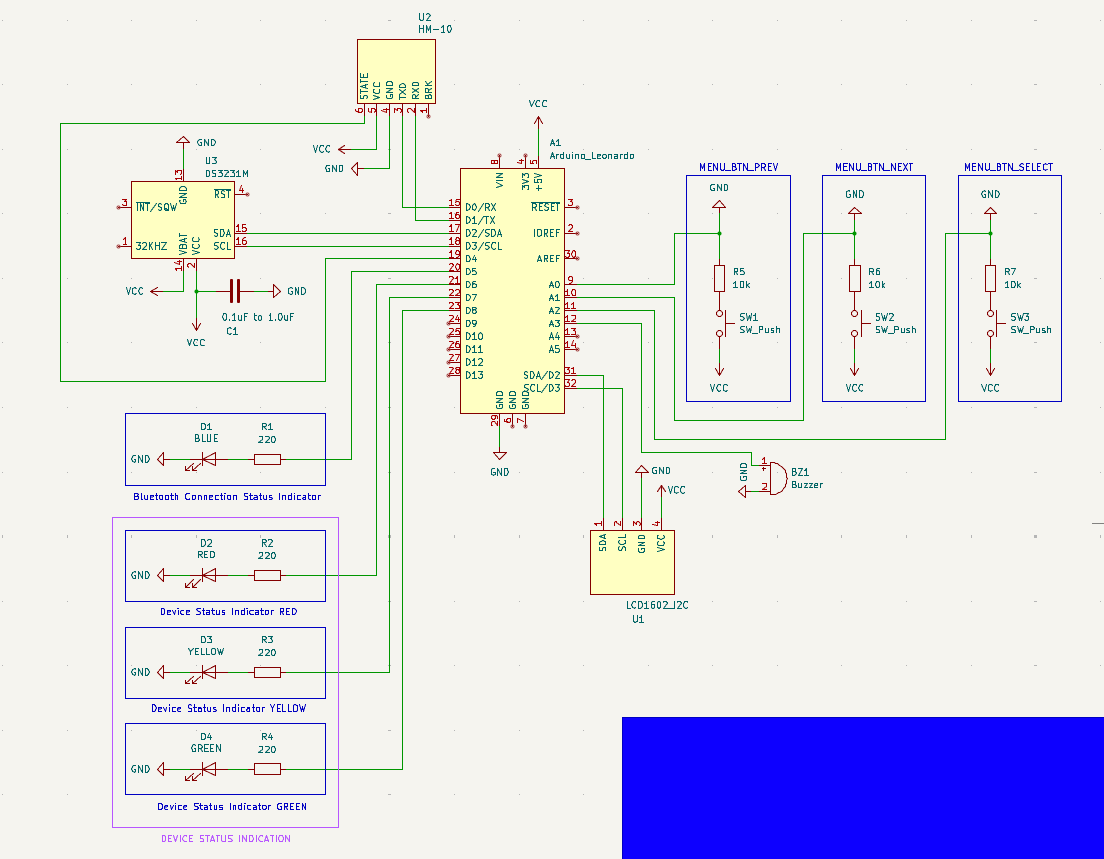this post was submitted on 16 Apr 2025
7 points (100.0% liked)
Electrical and Computer Engineering
1112 readers
1 users here now
Electrical and computer engineering (ECE) community, for professionals and learners. Discuss ECE related topics here, for instance digital design, signal processing, circuit analysis, electromagnetics, microelectronics, power electronics, RF electronics, etc.
founded 2 years ago
MODERATORS
you are viewing a single comment's thread
view the rest of the comments
view the rest of the comments

In parallel. Remember that the parasitic resistance (and inductance) are the major issues.
Capacitance adds in parallel. Resistances / inductances half in parallel. So by putting in parallel the capacitance grows while resistance/inductance shrinks.
"It Depends". For full details, seek a masters degree in power-electronics, PCB design, power delivery networks, and other advanced subjects.
You're kinda-sorta on the right track but your understanding of the magnitudes at play here are way off.
https://www.we-online.com/components/products/datasheet/860020672005.pdf
This 1uF aluminum electrolytic capacitor from Wurth Electronics is measured to be 39.553 Ohms. With 2x of this capacitor in parallel you'll have ~20Ohms (halved) and 2uF of capacitance. (parallel halves the resistance and doubles the capacitance). The 20% to 80% rise-time of RC-circuits can be calculated with just 1.4 * RC constant. This means your two-capacitor team "reacts" within 56 microseconds.
Meanwhile, the 1uF GRT033R60G105ME13 Murata 0201 (American) MLCC / Ceramic capacitor, commonly used for this task, has 0.01 ohms of resistance, roughly a THOUSAND-times less resistance than the Aluminum / Electrolytic capacitor. This capacitor "reacts" to the changing conditions within 0.014 microseconds (aka: 14 nanoseconds).
Do you see the difference? The name of the game is to get:
Enough capacitance to deal with the problem.
After that, minimize resistance as low as possible (and inductance for the "worst" cases, like those 300W GPU we shove into computers), so that the capacitor can actually "react" in time.
Once you "have enough capacitance" (and for most chips, that is 100nF), the way you speed up capacitors is buying low-resistance capacitors. And aluminum is among the slowest / biggest resistance capacitors in the entire market. So they're a bad choice.
To have your aluminum capacitor team "work" at the same speeds as a ceramic capacitor, you'll need something like 2000 of them in parallel. Except at that point, you'll have a lot of other issues with your circuit (see leakage problems, soft-start / load dumps, etc. etc.). Its just the resistance game, Aluminum Electrolytic just fundamentally has too much resistance for this particular job.
Now Aluminum is great for other jobs and other situations. But a big part of your electronics studies from now on is going to be passives (differences between capacitor chemistries, and so forth). No part works like in your textbook. The different chemistries have different reactions at different temperatures, different voltages, different frequencies, different use-cases and more. Its incredibly complicated.
So yeah, seek a Masters-degree for more details. Hopefully this gives you an idea of what one aspect is going through my brain with the above questions.
Thanks for the clarification! As I said, this is my thesis project for my BSc in Computer Science, but I'm definitely considering a more electronics focused masters, especially given the fact I'm already searching for a job in the field of embedded systems/low level stuff. Might be a good piece of paper to have in the future :)